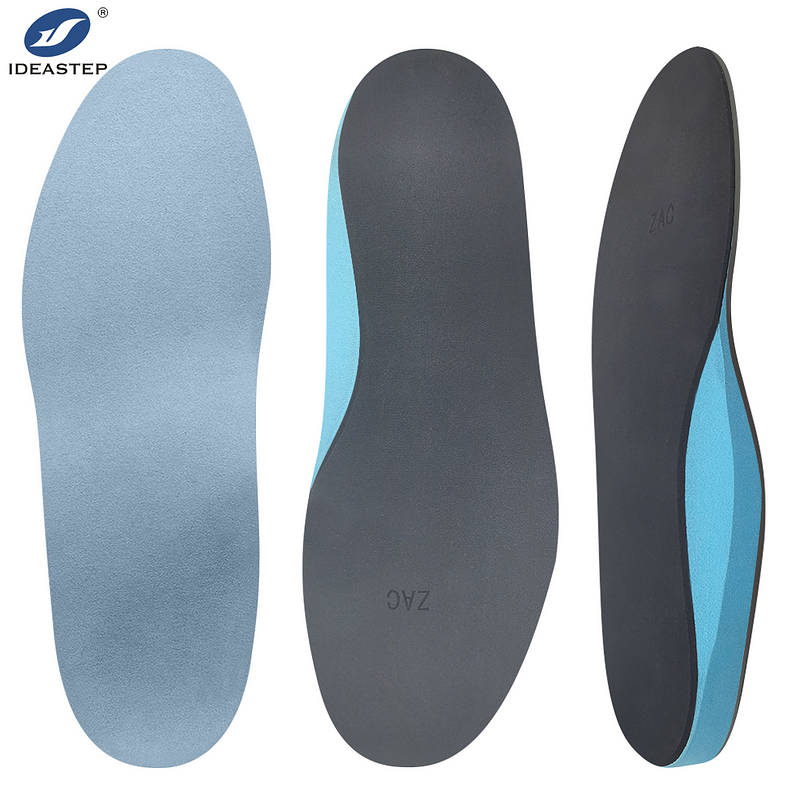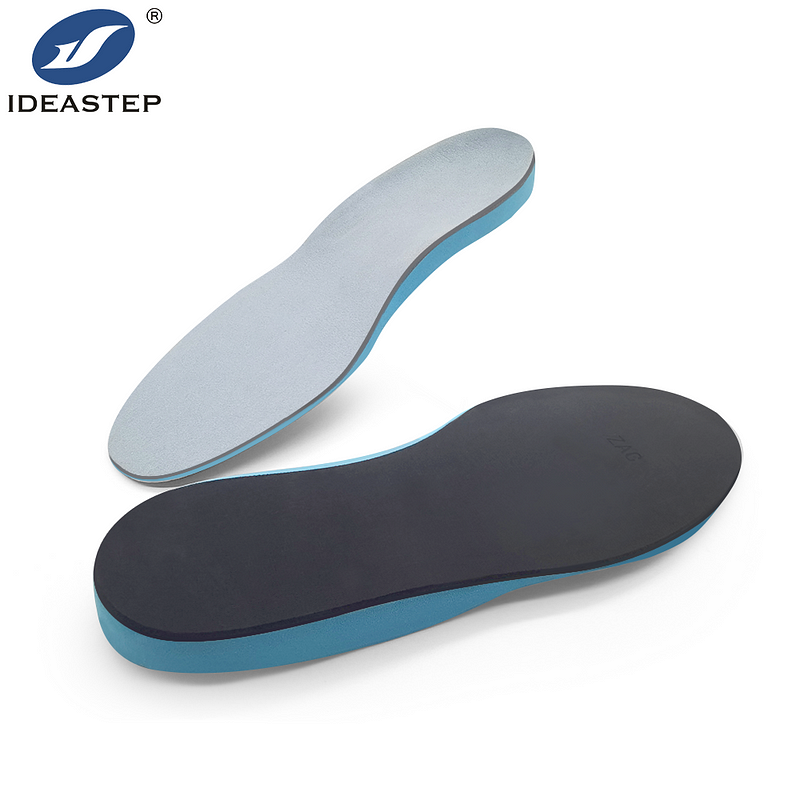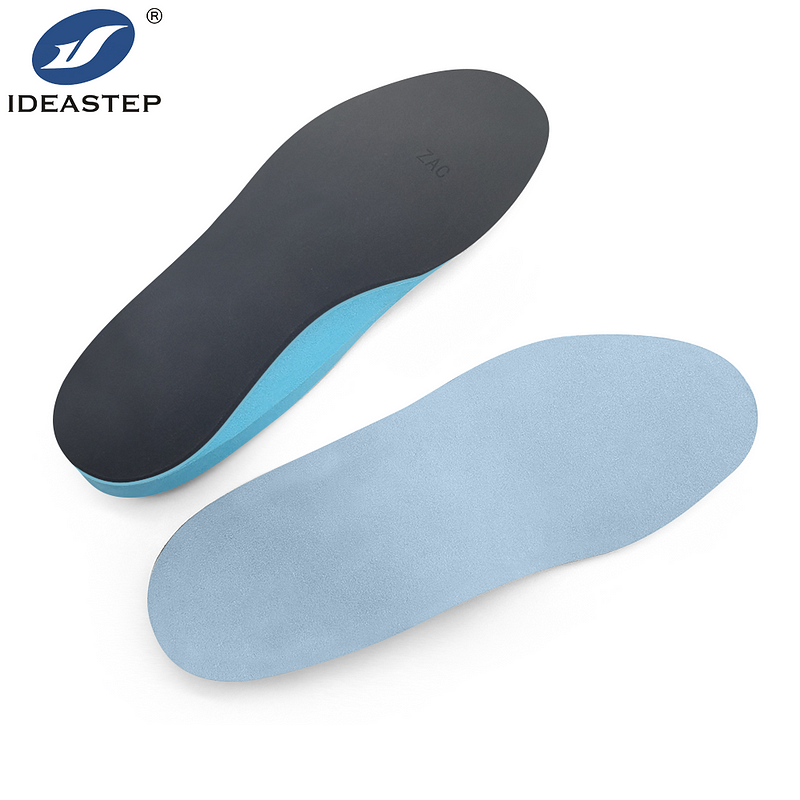Best Practices for Using Orthotic Inserts in Daily Life
More than being a mere accessory for your shoes, orthotic inserts are a life helper and pain reliever. Skyrocketing among the millions of humans facing foot, knee, or back-related problems or other conditions like plantar fasciitis or flat feet, orthotic inserts make your daily life a comfortable journey. However, to gain the maximum benefit from them, there are certain ways in which they should be used.
Selecting the Right Orthotic Inserts
The first area where one can maximize the benefits of orthotic inserts is through the choice of the correct type. Orthotics come in different shapes, sizes, and materials to handle several foot problems. Custom-made orthotics are prescribed by a health provider and are made according to your specific foot shape and needs. They achieve maximum accurate support. Those options over the counter are less expensive and can prove effective in light cases, though they cannot offer the exact same support one may wish for compared to the custom-made ones.
Think about your day when choosing orthotic insoles. An athlete might wish to have shock absorption and stability in a pair of insoles, while an office worker might be glad to have a softer, cushioned insole. You can consult with a podiatrist or with a specialist in Ideastep to get the right fit for your lifestyle and conditions of your feet.

Positioning and Fitting
Once you get the correct orthotic inserts, proper placement in your shoes is important. If it’s not placed in proper alignment, it might not work correctly and will end up giving you discomfort. The inserts have to lie very flat in the shoes; there should be neither curling at the edges nor gapping between two inserts. If your shoes have removable insoles, take them out to have room for your orthotics.
Gradual breaking-in of orthotics is also sensible. In the beginning, wear them for a few hours each day, gradually increasing the duration of wearing. This will allow your body to become accustomed to the new structure of support and thus not feel uncomfortable.
Maintaining Your Orthotic Inserts
Orthotic inserts are an investment in your foot health, and like any investment, there is some maintenance involved. Regularly inspect your inserts for signs of wear and tear, thinning material, or loss of shape. Based on the material used and how they are utilized, orthotics can last anywhere from six months to a few years. If decreased comfort or support is observed, you may need to replace them.

Another key element of maintenance is cleaning your orthotic inserts. Most models can be wiped with a dampened cloth that is slightly soapy. Still, you should avoid soaking them or using any harsh chemicals; these might destroy not only the material but also the integrity of the inserts. Clean orthotic inserts also help keep away foot odors and infections.
The success of orthotic inserts depends on the shoes in which they are worn. Ideally, the best shoes with which one can wear orthotics will be those having a removable insole, supportive arch, and with adequate toe box room; keep away from very tight shoes and those that have a narrow toe box.
If some use orthotics for certain activities, shoes designed for that activity are worth purchasing. Examples of designs running shoes benefit from are cushioning and shock absorption, which are just ways to increase further benefit from orthotics. In the case of hiking, all outdoor rugged activities involve using a boot with support and stability, so they are very suitable for orthotics.

Integrating Orthotics into Your Daily Routine
The use of orthotic inserts in daily activity takes some getting used to, but a person could easily get used to them in no time. Probably, you could start by using them for a low-impact activity such as walking and standing. Later on, you could increase your wearing of them in more vigorous activities such as running, sports, and the like.
Listen to your body throughout this period of adjustment. You might need insert adjustment or your shoes are not providing adequate support if you feel discomfort or have pain. Don’t be afraid to reach out to a professional at Ideastep with questions and for adjustments.
Understanding the Limitations of Orthotic Inserts
While orthotic inserts can often greatly increase comfort and reduce pain, they are not a panacea. These can work best when combined with other treatments, including physical therapy, stretching exercises, appropriate footwear, and the like. In the case of chronic conditions, such as plantar fasciitis or arthritis, it is very important to follow a full treatment plan that is set up by a healthcare professional.
Add further that wearing orthotics consistently works the best. Having an option to wear them every other day or whenever you feel like you “remember” does moderate the effects. Wear them regularly to achieve full benefits.

Conclusion: Step into Comfort and Health
Prescription orthotic shoe inserts can change the life of a person with foot trouble or pain. You can maximize the benefits by selecting the correct insert, ensuring the best fit, keeping it in good condition, and wearing it with good shoes. Remember if you wear them most of the time and follow all the steps described here, you will live a more comfortable life free from pain and discomfort.
Frequently Asked Questions
Q: Can orthotic inserts be used with different pairs of shoes?
Yes, but make sure every kind of shoe gives enough support and space for the inserts. Shoes with removable insoles are well-suited for this purpose.
Q: How long to replace orthotic insoles?
The lifetime of orthotic insoles varies from usage and materials. Normally, it should be replaced every 6–12 months, or when the raft shows a sign of being old.
Q: Can I wear orthotic inserts in any kind of shoes?
You can wear them in any shoes where they can fit properly and snugly. They will feel best in shoes that have a removable insole that provides solid arch support. They will not work well in very tight-fitting shoes or in shoes with a very narrow toe-box, for example, high heels and ballet flats.
